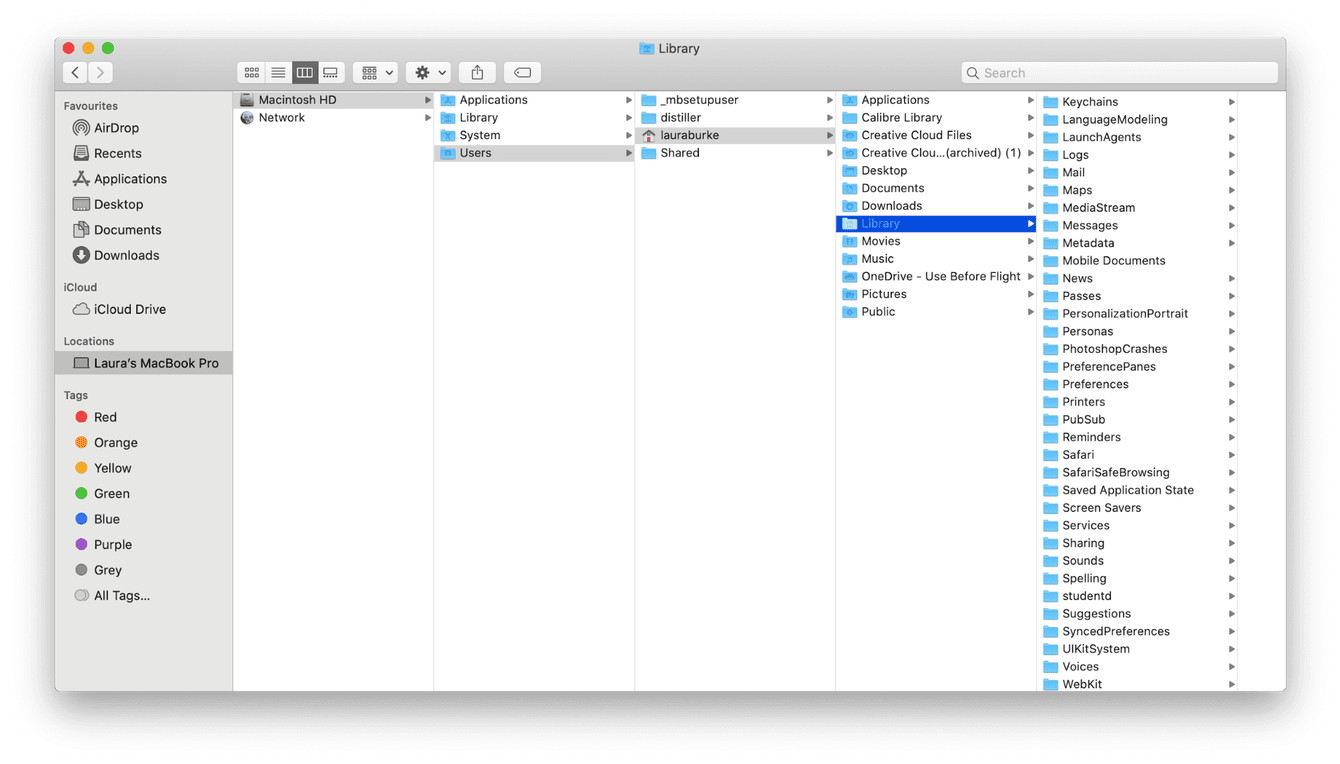

If the file is locked, then you’re going to run into trouble deleting it. In addition to files being used by apps or processes, there are a couple of other things that could prevent you from deleting a file. If you suspect there’s a deeper problem with your Mac causing file-trash stubbornness, we recommend taking it to your local Genius Bar or an Apple Authorized Service Provider. In these worst-case scenarios, Apple itself recommends booting up your Mac in macOS Recovery mode and using Disk Utility to repair the troublesome drive. 
If that’s the case for you, there may be an underlying issue on your disk. There may be those rare occasions in which the above steps simply don’t work. Control-click those files and select Delete Immediately. So open it and select the files you’d like to delete. It’s a scorched-earth solution and there’s no going back, but it could come in handy for those extremely stubborn files in your Trash.ĭelete Immediately is only accessible within the Trash app.

In OS X El Capitan and later, Apple has also Delete Immediately. Delete Immediately feature on MacBook Use delete immediately feature on macOS to get rid of a file on macOS because it’s ‘In Use’. Find the process in the list and click the X icon to terminate it. If the file is being used by a background process, open Activity Monitor.
You should now see a list of the apps that processes that are actively using the file (and keeping it from being deleted).įrom here, you can simply pinpoint and close the app that’s currently using the file. Then, drag the annoying file from the Trash directly onto the Terminal window. Type this command, followed by a space: lsof. In the next step, you’ll want to type a simple command into the terminal - but don’t hit return just yet!. Open the macOS Terminal, either by using Spotlight search or by going to Applications -> Terminal. Double-click on the Trash and make sure that a Finder window pops up. If you’re comfortable using the macOS Terminal, there is a command you can try that will identify which app is using the specific file. Using the Terminal to locate the “in-use” app and the corresponding file Use Terminal to locate the app that is using the file. In addition, here are a couple more in-depth methods for identifying and dealing with stubborn files from the Trash (or those that won’t move to the trash). Safe Mode will stop any startup items from running. From here, you’ll want to restart your Mac in Safe Mode and try deleting it. Restarting a Mac should work, but if it doesn’t, there’s likely a startup or login item that is using the file. After it’s booted back up, try deleting the file. If that doesn’t work, you’ll want to simply restart your Mac. If you don’t know which app might be using it, you may want to quit all apps. Quit the apps that you think may be using the troublesome file. These are, by far, the easiest fixes for the problem. How to remove files from mac terminal how to#
How to delete a file on macOS that’s “in use” MacBook error message showing the file on mac OS that’s “in use.”īefore you do anything else, you should try a couple of things. Using the Terminal to locate the “in-use” app and the corresponding file.How to delete a file on macOS that’s “in use”.







 0 kommentar(er)
0 kommentar(er)
